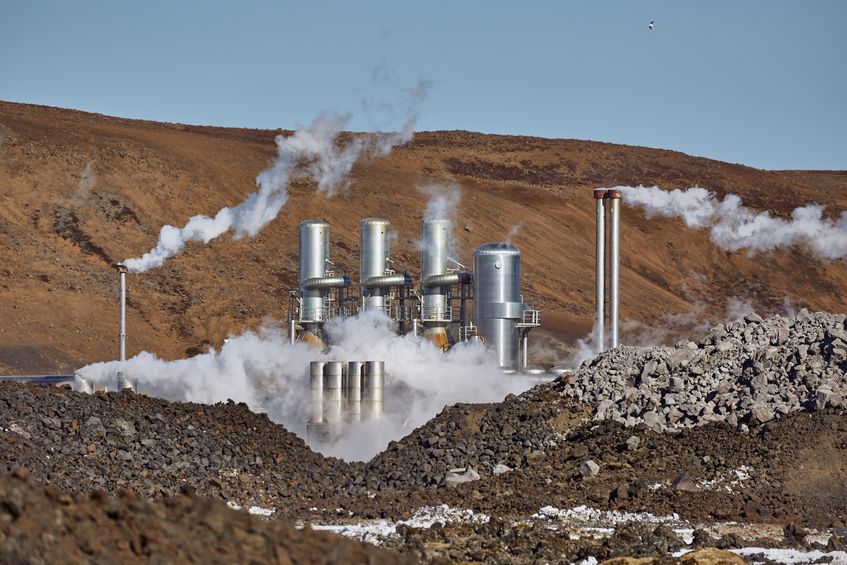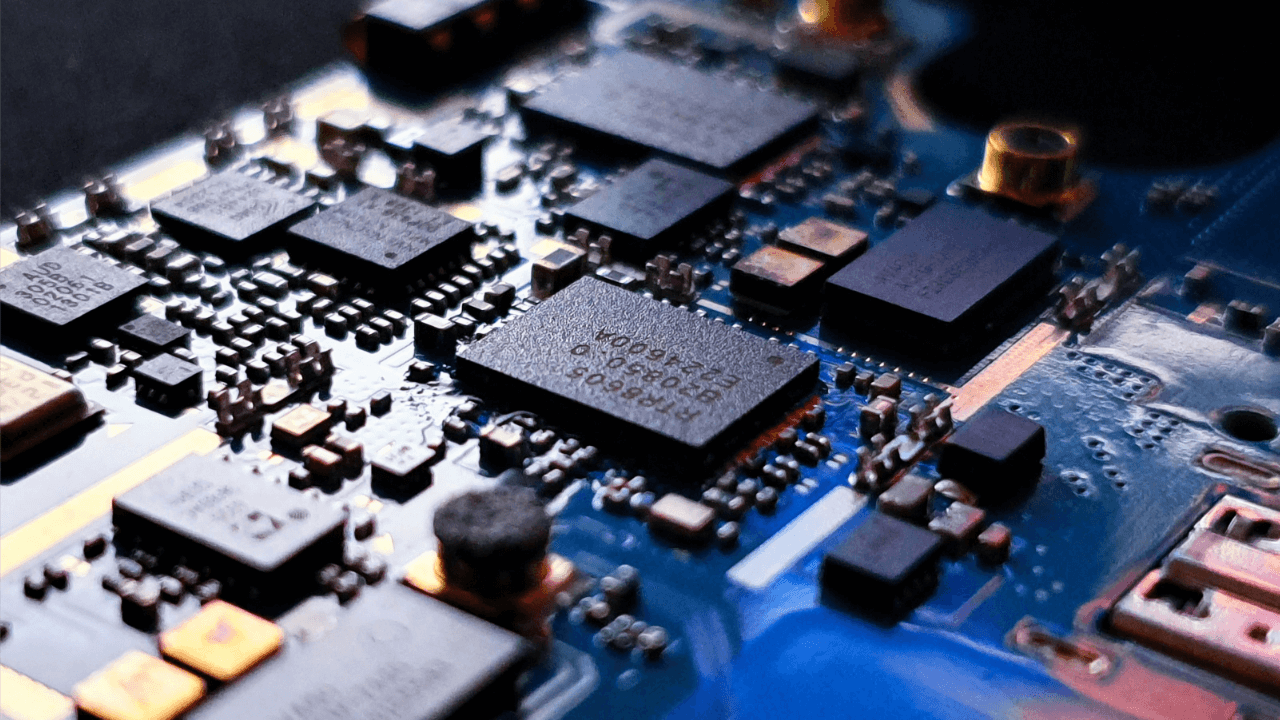
Thanks to wireless sensor technology, we can automate information flow between everyday objects and enhance operations across diverse industries. One sensor type that has major implications for many areas is the wireless temperature sensor.
With wireless temperature sensors, businesses can detect temperature and humidity thresholds or rates of rise throughout the entire year. Organizations can monitor local environments to ensure that safe working conditions exist and proactively mitigate problems that arise from extreme temperatures changes. Temperature sensors can also help staff detect equipment failures early and preserve valuable assets more effectively.
Overall, there are numerous ways to deploy these sensors. New applications are surfacing constantly as devices and the underlying wireless technology improves.
Wireless Temperature Sensor Types
There are several wireless temperature sensor types on the market today. Wireless air temperature and humidity sensors and wireless IP67 air temp and humidity sensors both use air flow to measure temperature levels. The weather-proof IP67 sensor is especially useful in outdoor and industrial settings where dust and debris are everywhere.
Other temperature sensors use thermistor-based external probes to measure temperature levels when high precision (sub one-degree) or reaction time is not important. Wireless temperature monitors are extremely valuable in parts of the country where freezing temperatures can cause fire suppression systems to malfunction. Property managers can install thermistor-based probes in buildings that will send alerts when temperatures drop below predefined thresholds. This enables personnel to take preventative action to protect fire suppression systems during the colder months.
Wireless thermocouple temperature sensors have much better precision, reaction time, and overall temperature range. These sensors can be configured with downlink messages and used with any type of thermocouple probe. Radio Bridge’s, a MultiTech brand, thermocouple sensors can support base metal thermocouple types (E, J, K, N, T), as well as noble metal thermocouple types (B, R, S).
Base metal thermocouples are commonly used in a wide range of industrial and scientific applications. For example, the most common thermocouple type, Type K, is often used to measure temperatures in engines and boilers because of its durability at higher temperatures. Type T thermocouples, on the other hand, are used in applications involving extremely low temperatures, such as in ultra low freezers and cryogenic chambers. The noble metal thermocouple types are even more effective in extreme temperatures. Facilities use wireless temperature sensors with noble metal thermocouples to accurately monitor temperature levels in applications, such as cement processes, hot gas readings, and incinerators, where temperature levels can reach up to 3,100F.
Using one or a combination of these wireless temperature sensors, organizations can take advantage of the Internet of Things (IoT) and increase operational efficiency in many ways. Below are several common use cases for wireless temperature sensors.
Ensuring safe working conditions
Many companies are using wireless temperature sensors to help maintain safe conditions for people and animals in various settings.
For organizations with industrial or warehouse operations, combined temp and humidity sensors can alert operations managers when temperature the heat index rises above specific levels, indicating unsafe working conditions. Managers can use this information to determine if employees should get additional breaks throughout the day and more opportunities to hydrate.
Police units can also install wireless temperature detectors on K-9 units to track their body heat and ensure that they aren’t overheating on hotter days or in warm environments. In zoos, groundskeepers can deploy temperature probes in each unique habitat to monitor temperature and humidity levels for all animals simultaneously.
Preserving valuable assets at all times
Temperature probe sensors can also be used in many settings where valuable assets need to be preserved.
For example, art galleries must closely monitor both temperature and humidity levels in order to protect collections over the long term. Museum curators have to strike a balance between setting environmental levels appropriately while maintaining comfortable conditions for guests. Typically, this means internal temperatures between 65 and 75 degrees Fahrenheit and humidity levels around 50%.
Internal temperature control is critical for any greenhouses that grow a variety of plants. With wireless temperature sensors, nursery workers can track temperatures in multiple areas at once to make sure that ideal growing conditions exist for every species.
Temperatures in server rooms and data centers must also be monitored closely. Under heavy processing demands, hardware can produce significant heat. Should server rooms become too hot, equipment could malfunction and damage critical systems. Onsite supervisors can place cost-effective wireless temp probes all over server rooms to measure temperature levels in all key areas.
Cold chain monitoring is another activity that benefits tremendously from wireless thermocouple sensors. Organizations can use these sensors to bolster their supply chain capabilities for perishable goods and products during transportation. Grocery chains can rely on temperature monitors to indicate when refrigeration systems have failed and food is at risk of spoiling. Companies that transport organs between donors and recipients can rest assured knowing that temperature sensors will detect if cooling systems aren’t functioning properly.
In the medical field, preserving cadavers is critical for institutions that train health care professionals. Wireless temperature probes can be installed in storage centers to ensure that bodies are well kept at low temperatures. This is just one of many examples of how wireless sensors is changing the healthcare industry.
Monitoring temperature in dangerous environments
Temperature detector sensors can also make life easier for property and facility managers who need to maintain certain environmental conditions from afar.
Those with second homes or vacation properties can use wireless temperature sensors to remotely detect HVAC failures that need to be addressed quickly. Sensors can last for years on a single battery charge, allowing owners to track critical systems across long distances at a low cost.
On the industrial side, plant operators at petroleum refineries can install temp sensors in areas where people can’t go without protection. Wireless thermal sensors can easily measure flame temperatures, furnace performance, and turbine exhaust. In the food processing world, facility managers can ensure that conditions are appropriate for production.
Weather teams can also use wireless sensors to collect information on external temperatures in extremely harsh conditions, like those found in Antarctica. Rather than send people to remote, difficult-to-reach areas on a regular basis, temperature sensors can be installed and used for years to track daily temperatures.
Deploy wireless temperature sensors on any leading standard with Radio Bridge
Radio Bridge, a MultiTech brand, designs and manufactures wireless temperature sensors that can operate on any of the leading emerging LPWAN wireless standards. Using the Radio Bridge device management console, businesses can deploy their long-range wireless sensors on LoRaWAN®, Sigfox, and NB-IoT with ease.
Interested in learning more about how your organization can use wireless temperature sensors to optimize performance and automate data collection?





